 Virtually any football fan who has been on a beach holiday will have found themselves at some point or another kicking a ball about on the sand. The game of soccer has been played in an informal manner on beaches all around the world for decades, so in essence beach soccer is little more than a formalised version of that.
Virtually any football fan who has been on a beach holiday will have found themselves at some point or another kicking a ball about on the sand. The game of soccer has been played in an informal manner on beaches all around the world for decades, so in essence beach soccer is little more than a formalised version of that.
The rules were first officially codified in Brazil in 1992 and that was an attempt to nail down a variation on football that will forever be popular by holidaymakers and sportspeople alike. Since then the sport has grown with many national leagues and international tournaments, the FIFA Beach Soccer World Cup being the pinnacle.
Best Beach Soccer Betting Site
10Bet

In order to bet on beach soccer it first help to find a betting site with markets for the sport. In general you are going to need to look to a bookie with European pedigree as sand footy is much more populr on the continent.
The best option by far is 10Bet, they are already renowned for having more football leagues to bet than any other site and they are pretty much top of the pile for all variations of soccer, the beach variety included. They also provide overall good value and are a large brand with all the features and options you now expect from leading online bookmakers.
The History Of Beach Soccer
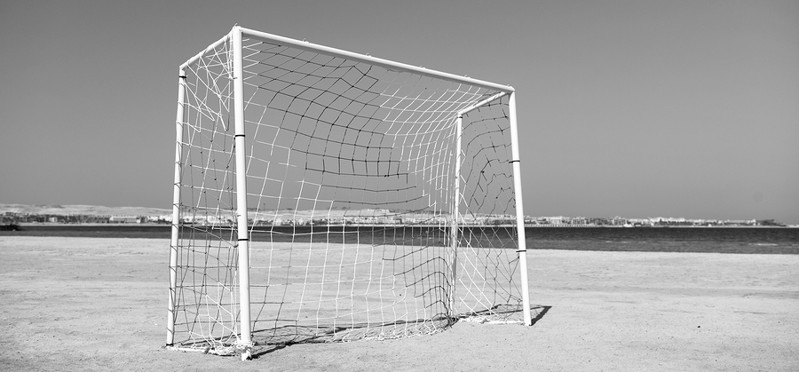
Football, known as soccer in the United States of America and some other countries, is one of the most popular sports in the world. Such is its popularity, in fact, that numerous variations of it have been invented over the years in order to allow people to play it regardless of the circumstances that they find themselves in. You can read about one such variation elsewhere on the site if you look for the page on futsal.
In order to properly discuss the history of beach soccer is important to distinguish between the casual game of kicking a football around on the beach with some friends and the more competitive variation of the official sport.
Known variously as either beasal or futebol de areia, it started life in Brazil’s Rio de Janeiro in the 1940s. The first tournament of any kind occurred in 1950 as an attempt to unite the various neighbourhood games that had been played in the previous decade.
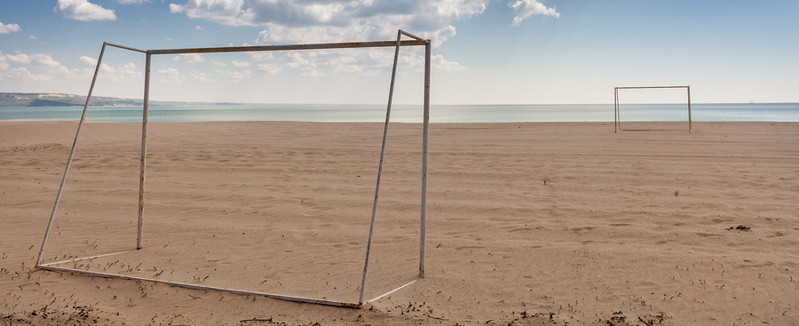
In the years that followed, the game became an increasingly popular variation of the more successful sport of football. It gained notoriety thanks to players of the game proper getting involved, such as Eric Cantona, Zico and Ramário. Yet it wasn’t until the foundation of Beach Soccer Worldwide in 1992 that it actually began to grow as a proper genuine alternative to football played on grass.
The rules were laid down officially by Giancarlo Signorini, the founding member of the Beach Soccer Company. He then staged a pilot event in Los Angeles in order to perfect the rules after testing them out in a real-life environment. In July of the following year he then organised a professional beach soccer tournament in Miami, which proved to be extremely popular.
Beach Soccer Goes Professional
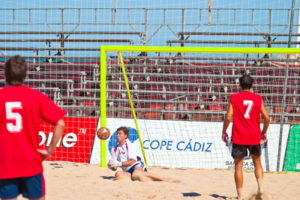 One of the people there to witness the tournament on Miami beach in 1993 was Koch Tavares, a Brazilian sports marketer. He decided that the game was perfect for his home nation, replicating the event in Rio in 1994. There was also a Philadelphia-based sports investment group called Viking Graham Sports Group in attendance, who acquired the rights to stage professional beach soccer events and formed a partnership with Signorini that became the each Soccer Company.
One of the people there to witness the tournament on Miami beach in 1993 was Koch Tavares, a Brazilian sports marketer. He decided that the game was perfect for his home nation, replicating the event in Rio in 1994. There was also a Philadelphia-based sports investment group called Viking Graham Sports Group in attendance, who acquired the rights to stage professional beach soccer events and formed a partnership with Signorini that became the each Soccer Company.
Tavares and BSC were the driving forces behind the professionalisation and expansion of beach soccer throughout the 1990s. Tavares in particular can take a lot of the credit for the sport becoming what it is today, founding as he did the Beach Soccer World Championships in 1995 and then creating the Pro Beach Soccer Tour the following year.
 In the years that followed, the sport was expanded around the world thanks to the invention of things like the European Pro Beach Soccer League, which saw representatives of countries rather than clubs go head-to-head. The company moved to Monaco and then Barcelona towards the end of the 1990s, rebranding as Pro Beach Soccer, S.L. (PBS) at the turn of the millennium. It was the following year when things really went up a notch, however, when Tavares’ business and PBS joined forces to create Beach Soccer Worldwide.
In the years that followed, the sport was expanded around the world thanks to the invention of things like the European Pro Beach Soccer League, which saw representatives of countries rather than clubs go head-to-head. The company moved to Monaco and then Barcelona towards the end of the 1990s, rebranding as Pro Beach Soccer, S.L. (PBS) at the turn of the millennium. It was the following year when things really went up a notch, however, when Tavares’ business and PBS joined forces to create Beach Soccer Worldwide.
It was the formation of BSWW that saw the game united, with the new company taking on the responsibility for the organisation of all of the sport’s major competitions. They were then able to bring in sponsors and get more media coverage. Arguably the most important thing, however, was the ability to present beach soccer to FIFA as a representative body for the sport.
Linking With FIFA
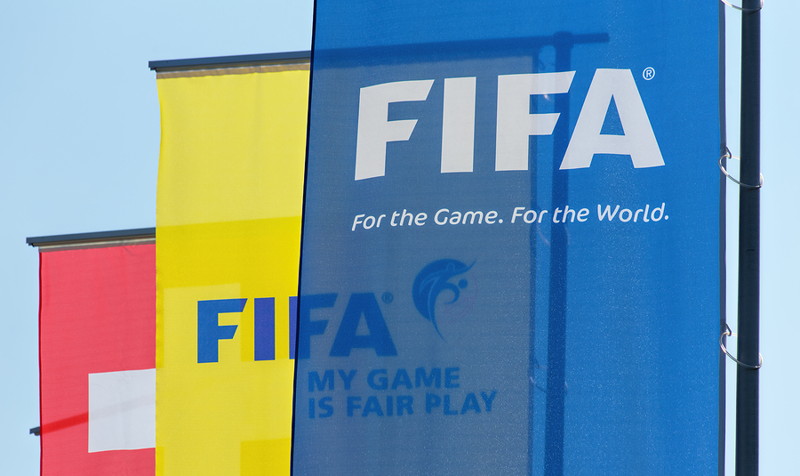
Before coming under the unified bracket of BSWW, the Beach Soccer Company had worked hard to make sure that all tournaments since the turn of the millennium had been played under the FIFA Fair Play rules. The company then met on a regular basis to ensure that the rules of the game would be able to gain the backing of football’s governing body.
The two bodies came to an agreement in 2002 to ensure that FIFA would adopt the rules as laid down by BSWW over the preceding years since the sport’s official foundation. There were a few parts of the game where FIFA made changes to ensure that its own interests were met, but the governing bodies of beach soccer and the game of football itself were keen to work with each other.
The result of that was the 2004 formation of FIFA Beach Soccer S.L., created in agreement with BSWW. FIFA took control of the game’s biggest tournament, the World Championships, renaming it as the FIFA Beach Soccer World Cup. It began in 2005, with FIFA taking over from Beach Soccer Worldwide as the sport’s governing body. BSWW did, however, remain in charge of other beach soccer competitions and even the qualifying rounds for the World Cup.
Further Development
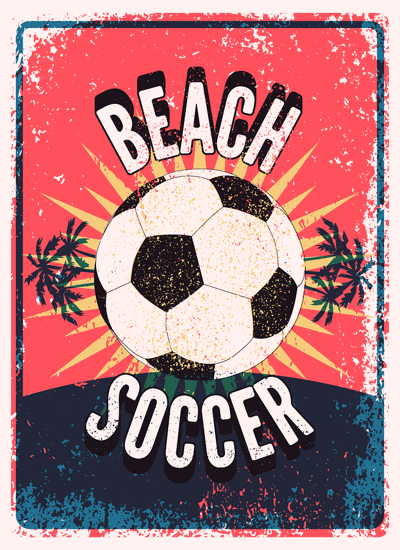 Beach Soccer Worldwide has worked hard to develop the sport more and more since the days of the formation of the World Cup and the link with FIFA. The Euro Beach Soccer League sees up to 27 nations compete, which is an impressive growth from the 7 that did so back in 1998. It is the BSWW’s standout asset, whilst the BSWW Tour exhibits beach soccer events all around the world.
Beach Soccer Worldwide has worked hard to develop the sport more and more since the days of the formation of the World Cup and the link with FIFA. The Euro Beach Soccer League sees up to 27 nations compete, which is an impressive growth from the 7 that did so back in 1998. It is the BSWW’s standout asset, whilst the BSWW Tour exhibits beach soccer events all around the world.
The sport’s continued growth can be seen in the creation of new tournaments such as the Intercontinental Cup, as well as the fact that the International Olympic Committee has included the sport in Olympic-affiliated events like the Asian Beach Games. Indeed, the long-term aim of beach soccer is to see it included in the list of official Olympic events.
In terms of its development as a going concern, though, the key thing to look at is the number of official sponsors that the sport has gained over the years. MasterCard, McDonald’s and Coca-Cola were all relatively early backers of beach soccer, with the likes of Samsung and Huawei coming on board in 2011.
In the years to come, there are hopes that beach soccer will promote the club side of the game as much as the national one. The Mundialito de Clubs was created in 2011 with this in mind, as was the Euro Winners Cup two years later. The BSWW is also hoping to develop the women’s game more, with the first match not taking place until 2009 when Switzerland and Germany went up against each other.
Rules Of Beach Soccer
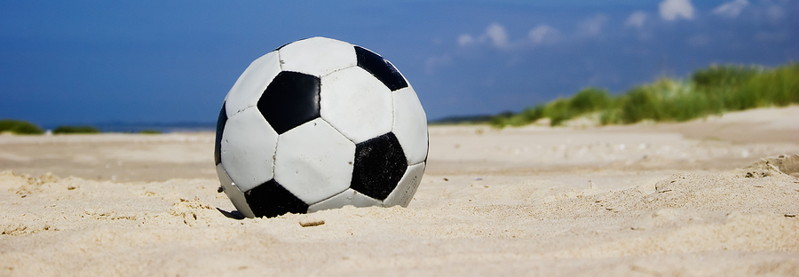
When you’re looking to place a bet on something, it’s helpful if you know the rules so that you can understand the ebbs and flows of the game.
Beach soccer’s rules are similar to those of association football, with a few modifications put in place in order to adapt the game for the environment in which it’s played. Here’s a look at the main modifications:
The Pitch
Beach soccer pitches need to be level and made up of sand. Before a game is played they are cleared of pebbles, sea shells and any other things that might cause one of the players an injury. The field is rectangular, with a length of between 35 and 37 metres and a width of 26 to 28 metres.
A yellow flag on the touchline indicates the start of the penalty area, which is within 9 metres of the goalmouths. The halfway line is indicated by two red flags on opposite sides of the field. The goals are 2.2 metres tall and 5.5 metres wide.
The Teams
Teams consist of 5 players that start the match, with the ability to rotate substitutes in an unlimited number of times from a choice of between 3 and 5 additional players.
Players play the game barefoot, with ankle guards permitted.
The Matches
Matches last for 36 minutes, split into three periods of 12 minutes apiece. The time of the match is not controlled by the match referee but rather by a timekeeping official who stops the clock for stoppages in play. It also counts down to 0 rather than up to 12.
One of the key differences between beach soccer and association football is that matches cannot end in a draw. Instead, an additional three minutes is added to the end of the game to try to find a winner. If one cannot be found then the game goes to a penalty shootout. Penalty kicks use an immediate sudden death format, rather than the best of five.
Officials & Discipline
Beach soccer games are officiated by two referees who work in tandem with each other. A third referee assists and keeps time. Yellow and red cards can be issued but a replacement player can come in in the place of the player who has been sent off after two minutes of playing without them. The two minutes comes to an early conclusion if the team with the extra man score a goal.
Free-kicks are given for fouls much as in football, with the big difference being that all free-licks are direct and have to be taken by the player who was fouled. Penalties are given if a foul is committed within the area.
Miscellaneous Differences
- The ball used in beach soccer is inflated to 0.4 – 0.6 atm, which is lower than the 0.6 – 1.1 atm in association football
- Teams can kick-in instead of throwing in the ball, if they choose to
- The prevention of a bicycle kick is a specific foul
- Teams have just four seconds to keep possession of the ball inside the penalty area
Major Beach Soccer Tournaments
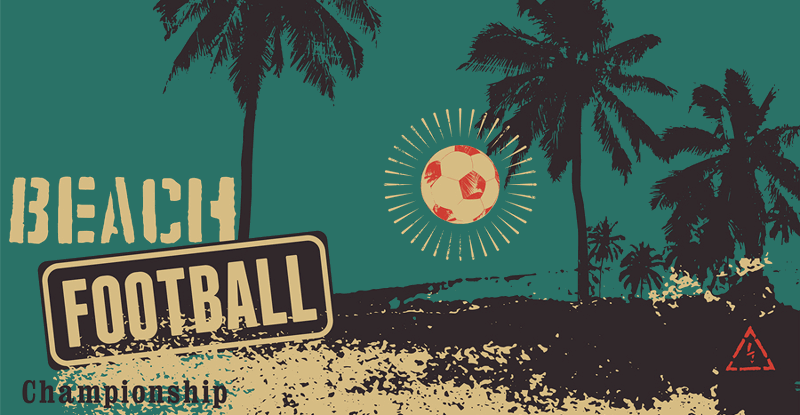
There are a number of important competitions in the world of beach soccer, split down into different categories. They are as follows:
International Events:
- BSWW Mundialito
- Persian Beach Soccer Cup
- FIFA Beach Soccer World Cup
- Mundialito de Clubes
- Intercontinental Cup
Confederation Events:
- AFC Beach Soccer Championship
- CONCACAF Beach Soccer Championship
- Euro Beach Soccer Cup
- Euro Beach Soccer League
Betting On Beach Soccer
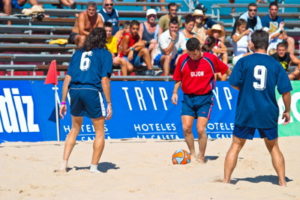 When it comes to having a flutter on beach soccer, there are obvious links between the sport and association football matches in tournaments such as the World Cup, Champions League and Premier League.
When it comes to having a flutter on beach soccer, there are obvious links between the sport and association football matches in tournaments such as the World Cup, Champions League and Premier League.
Bets are on the outcome at the end of normal time, for example, unless the company you’re betting with specify otherwise.
Typical bets that you can place include the following:
| Bet Type | Description |
|---|---|
| Match Result (1X2) | Is the home team going to win (1), the away team (2) or will the match end in a draw (x)? |
| Over / Under | Will the total number of goals/cards/shots, etc., be over or under a chosen number? |
| Odd / Even | Predict whether the number of goals scored, etc., in total during the game amounts to an odd or even number |
| Correct Score | Predict the Correct Score in the match |
As with regular football betting, there are more options than just those ones. They are, however, the most typical and popular for bettors looking at beach soccer matches.
Similarly, you can also bet on the outright winner of the big tournaments.
Interesting Facts About Beach Soccer
 The most notable statistic surrounding the sport of beach soccer is the fact that Brazil are one of the game’s most successful nations. The originators of the sport have won the FIFA Beach Soccer World Cup 5 times to date, which is 3 times more than the next best team in Russia.
The most notable statistic surrounding the sport of beach soccer is the fact that Brazil are one of the game’s most successful nations. The originators of the sport have won the FIFA Beach Soccer World Cup 5 times to date, which is 3 times more than the next best team in Russia.
What is perhaps a tad more interesting is a look at the teams that rank much higher than most people would imagine. At the end of 2018, for example, the top ten teams in the world according to the Overall World Ranking included the usual suspects such as Italy and Spain, but it also included the following much less anticipated nations:
- Iran (2nd)
- Tahiti (6th)
- Japan (10th)
